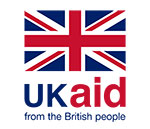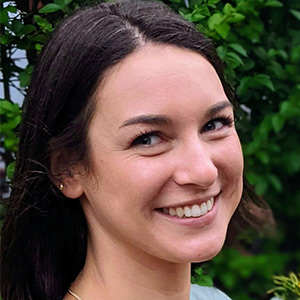South Sudan became the world’s newest country on 9 July 2011 after decades of conflict. Sadly, since then the population has continued to suffer from inter-communal tensions and conflict as well as economic insecurity and flooding. Bor, the capital of Jonglei State, was an epicentre of conflict in 2013, where tribal clashes between Nuer and Dinka groups resulted in the widescale displacement of civilians. The internally displaced persons (IDPs) camp in Bor is home to around 2,687 IDPs, most of whom are from the Nuer community. This is where we conducted our recent research entitled “The Digital Worlds of Displacement-Affected Communities”, working with the United Nations High Commissioner for Refugees (UNHCR) and The Research People to understand how IDPs and the local host community use and engage with mobile phones.
South Sudan has one of the lowest rates of mobile access and connectivity in the world. Conflict has had a significant impact on mobile network operators (MNOs) in South Sudan, resulting in major infrastructure losses. Transport conditions and fuel prices create major barriers to implement and maintain infrastructure, whilst high displacement also means that populations move from areas of connectivity to areas where there is no connectivity infrastructure at all.
Despite this, mobile access and ownership in Bor Town and the camp were much higher than the national market penetration rate of 22.12%, likely due to their proximity to Juba. Moreover, conflict and seasonal flooding has led many residents of Jonglei state to move to Bor Town for shelter and acquire phones to cope, stay informed and keep in touch with their relatives. Overall phone use in Bor is characterised by high levels of social connection between people – within South Sudan and internationally due to displacement. This is largely through social media apps as they are cheaper. Mobile phones are also used heavily for digital leisure, with many people in the camp using them to pass the time and find relief from the hardship of their daily lives.
Challenges
Despite high mobile penetration in Bor Town and the camp compared to other parts of the country, there were still significant barriers to mobile ownership and internet access.
- Cost: Most people in the camp had no source of income and relied on relatives for support. As such, the most significant barrier for users was the cost of devices, airtime, SIM cards, data bundles and even charging. 63% of the host community and 51% of IDPs told us this was a barrier. The ways people use their phone often depended on their access to money. Offline use of mobiles, like sharing media via Bluetooth is common while those with access to money are more likely to play games, chat, and access information.
- Charging: Access to charging is a major barrier to mobile use in both locations, with 97% of users in Bor and 99% in the camp unable to charge their phones from home. In the camp, young people will often walk to places to charge their phones, such as an NGO (Non-Governmental Organisation) office or a charging point in the market, and then stay in those locations to use their phones and take advantage of good connectivity.
- Low literacy and digital literacy: Both functional and digital literacy were significant barriers to mobile use, and these were emphasised as particular barriers for those in the camp, older people, and people with disabilities. For example, 21% of IDPs who did not own a mobile phone said that not knowing how to use one was a key barrier to ownership.
In addition to these barriers to access, people in Bor shared concerns about false and fabricated information about the conflict and peace agreement. Stories of ethnic, political and tribal conflicts often linger in public discourse for a long time and details are lost or altered with each telling. There are also many fabricated videos and images circulating on social media that depict a false interpretation of events, notably on YouTube, Facebook and WhatsApp groups. Many users, particularly younger people, had seen false information (45% in Bor Town; 31% in the camp) or hate speech (43% in Bor Town; 35% in the camp).
Opportunities
Despite these very real barriers, there are a number of opportunities for digital development and programming in Bor, and the wider context where applicable.
- One of the top uses for mobile phones in Bor is for games, entertainment and music. Using phones in this way can help displaced people relax and escape the harsh realities of camp life, as well as drive the adoption of digital technologies and help to build digital skills. This in turn can act as a gateway to the use of other services. In light of this, humanitarian organisations could include access to digital leisure into community-based programming and protection activities to enhance mental well-being, community resilience and drive service uptake.
- Digital literacy programming could be potentially transformational in helping users reap the full benefits of mobile technology, such as the wellbeing benefits from digital leisure, financial inclusion, education, and increased livelihoods opportunities.
- For displaced people with few opportunities to earn income and high levels of food insecurity, the ability to receive money is potentially lifesaving. Those with mobile money accounts primarily used them to send and receive money from friends and family or to buy airtime and meet their basic needs. Despite services being available and a significant theoretical appetite for it, mobile money uptake was low with only 6% of users having a mobile money account due to lack of financial means. Partnerships between humanitarian organisations and MNOs could facilitate cash assistance through mobile money to enhance financial inclusion. This could be done alongside digital literacy training.
For more information on the digital lives of people in Bor, as well as recommendations on how to maximise the impact of mobile technology please download the full report.



